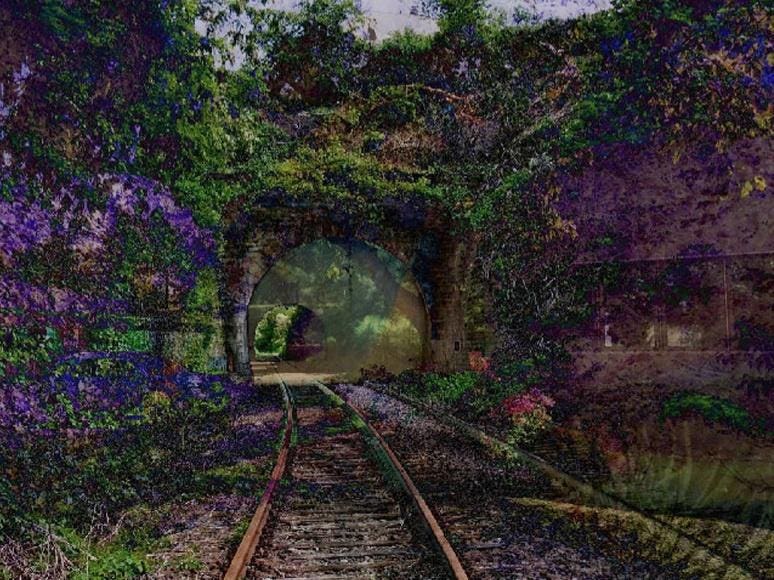A recent federal court decision confirmed the position of the Copyright Office that elements of works created by artificial intelligence (“AI Elements”) are not protected by copyright. This article discusses what this decision means (and doesn’t mean) for Hollywood.
The lack of copyright protection for AI Elements is critical to Hollywood, since AI Elements may include all or portions of the screenplay, music, characters, and visuals for a film. Indeed, it will not be long before AI creates entire feature-length films. Given that AI Elements are not protected by copyright, they will fall into the public domain, and anyone can use them. They can’t even be protected by state law except against someone who contractually agrees not to use them (more on this below).
Here are some issues the decision won’t change:
- The decision does not change the analysis of whether uploading pre-existing works into an AI computer infringes the copyright of those pre-existing works or whether such uploading is protected by the fair use defense. While AI Elements are not protected by copyright, AI input may be. Thus, the decision has no impact on the mountain of pending cases alleging copyright infringement with respect to AI input. Indeed, those cases may have received a recent boost from the recent Supreme Court Andy Warhol decision, which trimmed back the fair use defense.
- The decision does not change the analysis of whether AI Elements are infringing derivative works due to being too similar to pre-existing works. While AI Elements are not protected by copyright, they still have copyright implications.
Next, let’s look at what is likely to happen as a practical matter:
- As the decision acknowledged, there are going to be some very tough calls in the future to demark the line between human creation and AI creation, given the blurry line that occurs when there is extensive human direction on the form of the AI Elements. There are a bevy of AI advocates that are overtly and publicly trying to push the boundary of this line.
- Putting aside the AI advocates mentioned above, most people submitting a work for registration with the Copyright Office or selling or licensing a work are likely to “forget” to mention any AI Elements and will prefer risking de-registration or litigation later, since it is hard to differentiate AI Elements from human creation.
- The guilds will do everything they can to impose contractual limits on the studios’ ability to use AI Elements in films. Indeed, this is a critical issue in the current strikes, and the DGA successfully implemented this approach in the recently ratified DGA Basic Agreement, which precludes the studios from using AI to replace DGA members.
- For those that want copyright protection for AI Elements, there is at least one way to achieve it: own the pre-existing works the AI Elements are based on. For example, if someone wants copyright protection for a film created by AI, they could have a flesh and blood human write the initial treatment (the more detailed, the better), with ownership either as a work made for hire or by assignment. Even if everything from there on is created by AI, such as the screenplay and the film itself, the resulting film will be protected by copyright as a derivative work based on the original treatment. While the AI Elements that depart from the treatment will not be protected by copyright, the principal value will be in the film in its entirety, which will be protected.
Read the full article here





